jenn air 48 range - gas or dual fuel issues?
janiest
4 years ago
Featured Answer
Sort by:Oldest
Comments (9)
janiest
4 years agoRelated Discussions
Pro-style Jenn Air dual-fuel Range
Comments (2)we have the all gas version, and it's retail is $3799, so the dual fuel is more than that. I priced it but can't remember how much $4500 maybe?? $1650 is a good deal, depending on how old it is, and how used it is??...See More48 INCH DUAL FUEL RANGE OR LP GAS
Comments (24)charon70- UPDATE of having Miele: The range is amazing-the only issue I am having, the LP burner sometimes makes my pot black ( ashes)-when I open the gasket- there are some black ashes - So I cleaned the cover- It keeps happening when it gets dirty- so I am not sure if this is a common things for a LP gas range? I place a service call -at the beginning they told me because the Propane line was too brand new? Lets see what the verdict today...See MoreChoose DCS or Kitchenaid 48 inch dual fuel range? Or NXR gas?
Comments (8)NXR is a basically a collection of parts. Service will be so so depending on where you are located and you are basically rolling the dice. Having sold a few of them, most of them worked perfectly. One of them did not, and that's where the nightmare began. Kitchenaid pro ranges are well rated, but not well received. Our chefs are currently using a kitchenaid (we rotate ranges) and generally don't like it, The burners aren't great for smaller pots and the ovens were uneven when baking. The DCS is currently not on rotation with us, but it's a solid platform that's been around for many years. The ovens are a bit smaller, but if it works for you, the tech is solid. Plus there are far fewer electronics to fail since there is no complicated control board. IMHO DCS is the choice among those 3....See MoreAnyone speak about the Jenn Air 36" Rise dual fuel range?
Comments (10)@Mark Walchle I wish I could find the post I have been following for a couple of years about BlueStar's ignition and explosion problems, but I cannot locate it at the moment so will try to summarize. Basically what has happened is that many of the new BlueStar stoves are having dangerous problems with ignition and gas escaping and exploding to various degrees. These problems are persisting after multiple repair visits. BlueStar is reportedly aware of the problem and has done nothing to fix it in production. One woman commenting in the thread posted a photo of 3rd degree burns her husband got on his arms from a BlueStar stove. You can search the Houzz archives for more information....See MoreUser
4 years agolast modified: 4 years agojaniest
4 years agoGregory Daniel
3 years ago
Related Stories
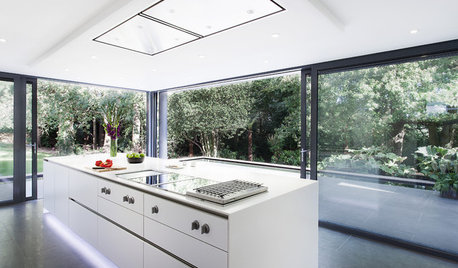
KITCHEN APPLIANCESDisappearing Range Hoods: A New Trend?
Concealed exhaust fans cut visual clutter in the kitchen
Full Story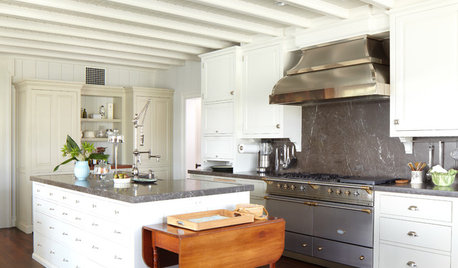
KITCHEN DESIGNHow to Find the Right Range for Your Kitchen
Range style is mostly a matter of personal taste. This full course of possibilities can help you find the right appliance to match yours
Full Story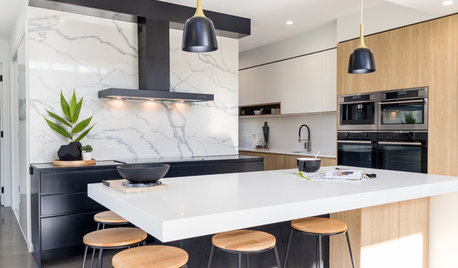
KITCHEN DESIGNHow to Get Your Range Hood Right
Get a handle on the technical specs, and then learn about fun design options for creating a beautiful kitchen feature
Full Story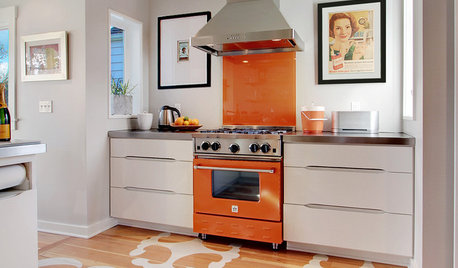
HOUSEKEEPINGHow to Clean Your Range and Oven
Experts serve up advice on caring for these kitchen appliances, which work extra hard during the holidays
Full Story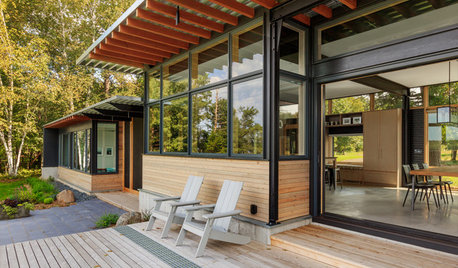
LIFE6 Ways to Cool Off Without Air Conditioning
These methods can reduce temperatures in the home and save on energy bills
Full Story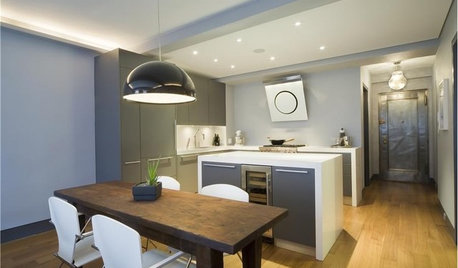
KITCHEN DESIGNHow to Choose the Right Hood Fan for Your Kitchen
Keep your kitchen clean and your home's air fresh by understanding all the options for ventilating via a hood fan
Full Story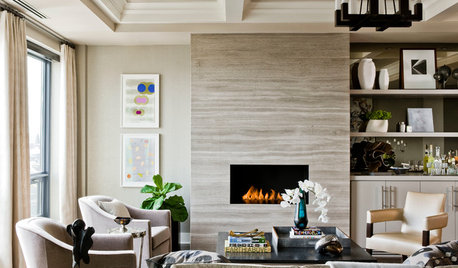
LIVING ROOMSHow to Convert Your Wood-Burning Fireplace
Learn about inserts and other options for switching your fireplace from wood to gas or electric
Full Story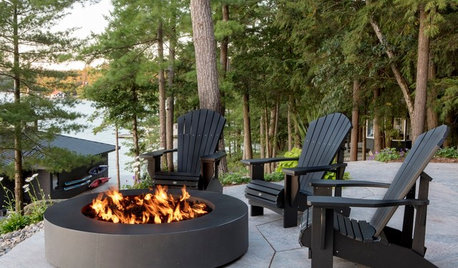
LANDSCAPE DESIGN10 Things to Know About Buying a Fire Pit for Your Yard
Here’s what to consider about material, style, fuel type, location, cost and safety when adding an outdoor fire pit
Full Story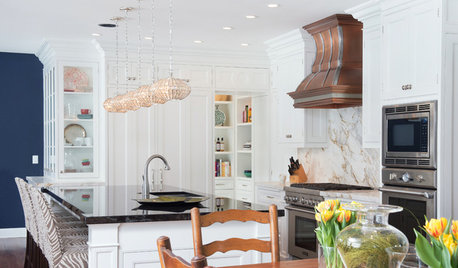
KITCHEN DESIGNWhat to Know When Choosing a Range Hood
Find out the types of kitchen range hoods available and the options for customized units
Full Story
FIREPLACESRibbons of Fire: 10 Artfully Minimalist Fireplaces
Long and lean and sleek to the core, these gas-burning fireplaces make a powerful contemporary statement
Full Story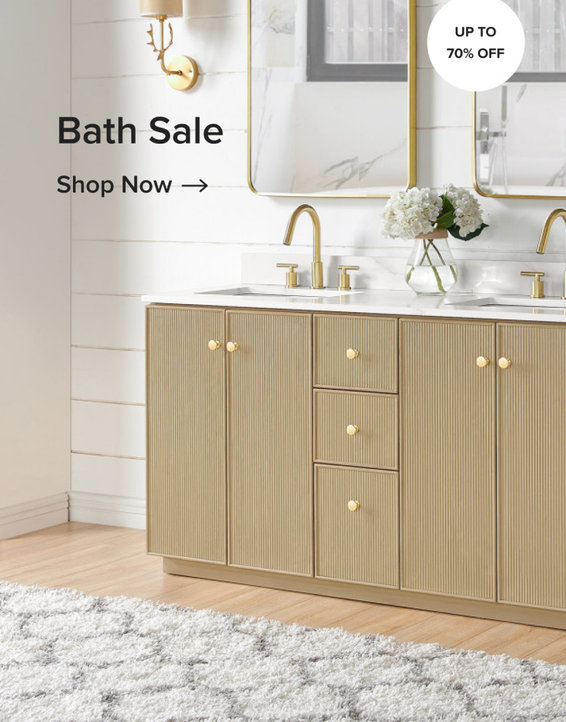

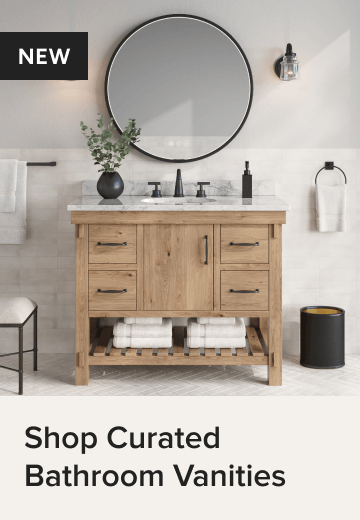

janiestOriginal Author